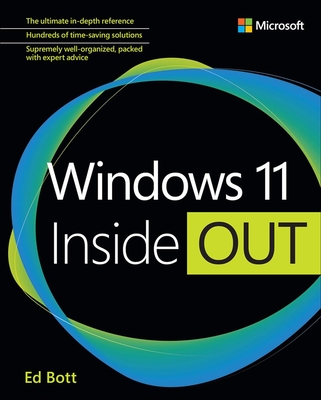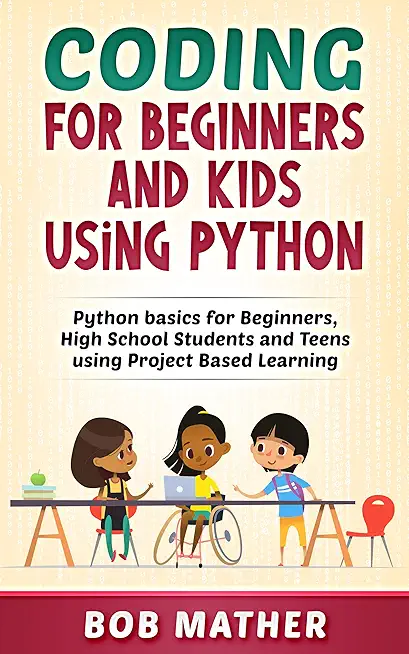Object-Oriented Programming in C# Training in St. George
|
We offer private customized training for groups of 3 or more attendees.
|
||
Course Description |
||
| This thorough and comprehensive course is a practical introduction to programming in C#, utilizing the services provided by .NET. This course emphasizes the C# language. It is current to Visual Studio 2022, .NET 6 and C# 10. Important newer features such as dynamic data types, named and optional arguments, tuples, asynchronous programming keywords, nullable reference types, record types, and top-level statements are covered. Supplements provide a tutorial on Visual Studio 2022, an overview of LINQ, and coverage of unsafe code and pointers in C#. This course is intended to be fully accessible to programmers who do not already have a strong background in object-oriented programming in C-like languages, such as C++ or Java. It is ideal, for example, for procedural programmers who desire to learn C#. An important thrust of the course is to teach C# programming from an object-oriented perspective. It is often difficult for programmers trained originally in a procedural language to start “thinking in objects.” This course introduces object-oriented concepts early, and C# is developed in a way that leverages its object orientation. A case study is used to illustrate creating a complete system using C# and .NET. Besides supporting traditional object-oriented features, such as classes, inheritance, and polymorphism, C# introduces several additional features, such as properties, indexers, delegates, events, and interfaces that make C# a compelling language for developing object-oriented and component-based systems. This course provides thorough coverage of all these features. C# as a language is elegant and powerful. But to utilize its capabilities fully, you need to have a good understanding of how it works with the .NET Framework. The course explores several important interactions between C# and the .NET Framework, and it includes an introduction to major classes for collections, delegates, and events. It includes a succinct introduction to creating GUI programs using Windows Forms. The course concludes with a chapter covering the newer features in the language. Numerous programming examples and exercises are provided, including the case study. The student will receive a comprehensive set of materials, including course notes and all the programming examples.
Course Length: 5 Days
Course Tuition: $2250 (US) |
||
Prerequisites |
|
| The student should have programming experience in a high-level language. | |
Course Outline |
|
Introduction to NET
What is .NET?
.NET Framework, NET Core and .NET 6
Application Models
Managed Code
Visual Studio 2022
Console Programs and New Console Template
GUI Programs
First C# Programs
Hello, World
Namespaces
Variables and Expressions
Using C# as a Calculator
Input/Output in C#
.NET Class Library
Data Types in C#
Data Types
Integer Types
Floating Point Types
Decimal Type
Characters and Strings
Boolean Type
Conversions
Nullable Types
Operators and Expressions
Operator Cardinality
Arithmetic Operators
Relational Operators
Logical Operators
Bitwise Operators
Assignment Operators
Expressions
Checked and Unchecked
Control Structures
If Tests
Loops
Arrays
Foreach
More about Control Flow
Switch
Object-Oriented Programming
Objects
Classes
Inheritance
Polymorphism
Object-Oriented Languages
Components
Classes
Classes as Structured Data
Methods
Constructors and Initialization
Static Fields and Methods
Constant and Readonly
More about Types
Overview of Types in C#
Value Types
Boxing and Unboxing
Reference Types
Implicitly Typed Variables
Methods, Properties and Operators
Methods
Parameter Passing
Method Overloading
Variable-Length Parameter Lists
Properties
Auto-Implemented Properties
Operator Overloading
Characters and Strings
Characters
Strings
String Input
String Methods
StringBuilder Class
Programming with Strings
Arrays and Indexers
Arrays
System.Array
Random Number Generation
Jagged Arrays
Rectangular Arrays
Arrays as Collections
Bank Case Study—Step 1
Indexers
Inheritance
Single Inheritance
Access Control
Method Hiding
Initialization
Bank Case Study—Step 2
Virtual Methods and Polymorphism
Virtual Methods and Dynamic Binding
Method Overriding
Fragile Base Class Problem
Polymorphism
Abstract Classes
Sealed Classes
Heterogeneous Collections
Bank Case Study—Step 3
Formatting and Conversion
ToString
Format Strings
String Formatting Methods
Bank Case Study—Step 4
Type Conversions
Exceptions
Exception Fundamentals
Structured Exception Handling
User-Defined Exception Classes
Inner Exceptions
Bank Case Study—Step 5
Interfaces
Interface Fundamentals
Programming with Interfaces
Using Interfaces at Runtime
Bank Case Study—Step 6
Resolving Ambiguities
.NET Interfaces and Collections
Collections
Bank Case Study—Step 7
IEnumerable and IEnumerator
Copy Semantics and ICloneable
Comparing Objects
Generic Types
Type-Safe Collections
Object Initializers
Collection Initializers
Anonymous Types
Bank Case Study—Step 8
Delegates and Events
Delegates
Anonymous Methods
Lambda Expressions
Events
Introduction to Windows Forms
Creating Windows Applications Using Visual Studio 2019
Partial Classes
Buttons, Labels and Textboxes
Handling Events
Listbox Controls
Newer Features in C#
Dynamic Data Type
Named and Optional Arguments
Variance in Generic Interfaces
Asynchronous Programming Keywords
New Features in C# 6 and C# 7
Nullable Reference Types
Record Types
Top-level Statements
Appendix A. Learning Resources
Electronic File Supplements
Supplement 1. Using Visual Studio 2022
Signing into Visual Studio
Overview of Visual Studio 2022
Creating a Console Application
Project Configurations
Debugging
Multiple-Project Solutions
Supplement 2. Language Integrated Query (LINQ)
What Is LINQ?
Basic Query Operators
Filtering
Ordering
Aggregation
Supplement 3. Unsafe Code and Pointers in C#
Unsafe Code
C# Pointer Type
|
Course Directory [training on all levels]
- .NET Classes
- Agile/Scrum Classes
- AI Classes
- Ajax Classes
- Android and iPhone Programming Classes
- Azure Classes
- Blaze Advisor Classes
- C Programming Classes
- C# Programming Classes
- C++ Programming Classes
- Cisco Classes
- Cloud Classes
- CompTIA Classes
- Crystal Reports Classes
- Data Classes
- Design Patterns Classes
- DevOps Classes
- Foundations of Web Design & Web Authoring Classes
- Git, Jira, Wicket, Gradle, Tableau Classes
- IBM Classes
- Java Programming Classes
- JBoss Administration Classes
- JUnit, TDD, CPTC, Web Penetration Classes
- Linux Unix Classes
- Machine Learning Classes
- Microsoft Classes
- Microsoft Development Classes
- Microsoft SQL Server Classes
- Microsoft Team Foundation Server Classes
- Microsoft Windows Server Classes
- Oracle, MySQL, Cassandra, Hadoop Database Classes
- Perl Programming Classes
- Python Programming Classes
- Ruby Programming Classes
- SAS Classes
- Security Classes
- SharePoint Classes
- SOA Classes
- Tcl, Awk, Bash, Shell Classes
- UML Classes
- VMWare Classes
- Web Development Classes
- Web Services Classes
- Weblogic Administration Classes
- XML Classes
C# Programming Uses & Stats
|
Difficulty
|
Popularity
|
Year Created 2000 |
|
Pros
In Demand:
C# along with Java is one of the top languages in demand for employers.
.Net Library:
C# is integrated with the .Net Library thereby providing access to a vast archive of functionality and support.
Team Friendly:
Multiple developers can easily work together on a project.
Compiled Language:
The code that is stored on a public-facing server is in binary form. In other words, if your server gets hacked, the hacker doesn't automatically have access to your source code.
Transferable:
C# roots are derived from C which means that the structure is transferable to other languages like Java, Objective C, PHP and C++.
|
Cons
Steep Learning Curve:
Windows Application Exclusively:
Any .NET application needs a Windows platform to execute which means that companies using Linux servers would need Windows hosting to run a .Net application.
Lack of Support for Older .NET:
Many enterprise organizations keep older operating systems because of the many problems that an upgrade can bring to the platform. Microsoft stops supporting older .NET frameworks after a few operating systems upgrades.
|
| C# Programming Job Market |

Average Salary
|

Job Count
|

Top Job Locations
New York City |
|
Complimentary Skills to have along with C# Programming
Since the .NET development ecosystem spans a wide array of capabilities and tools, it is difficult for .NET developers to know which .NET development skills and training to pursue in order to increase their marketability — and earning potential. For that reason, learning supplemental languages such as Java, JavaScript, Python, C/C++, and others is expected in today’s competitive skill-set driven playing field. |






